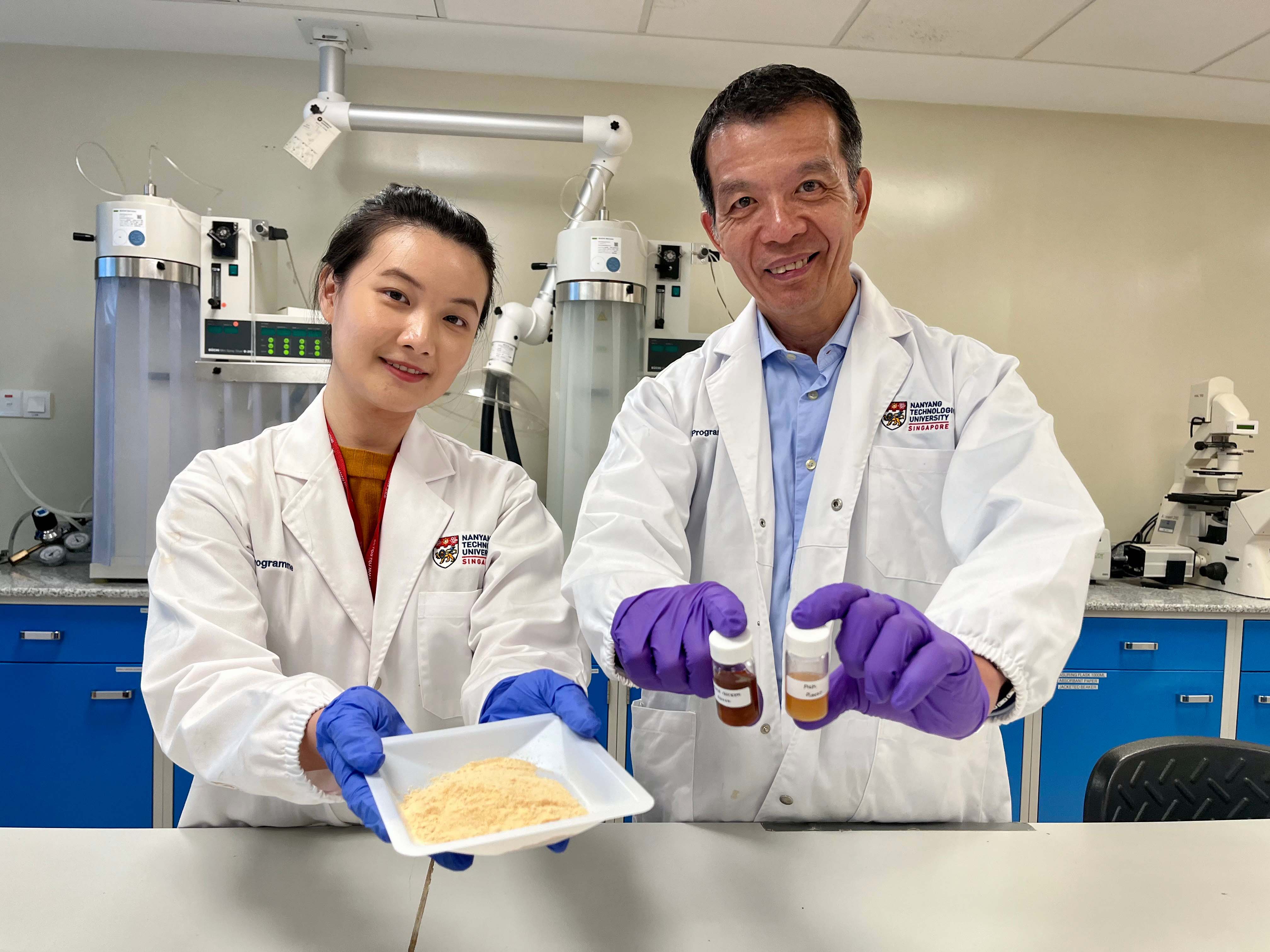
NTU Singapore and Bunge, a leading global agriculture, food, and ingredients company, are collaborating to produce new food flavours through fermentation, including umami, or savouriness, one of the five basic tastes.
Umami, which means "pleasant savoury taste" in Japanese, is recognised scientifically[1] as one of the five basic tastes along with sweet, sour, bitter, and salty. Its characteristic savoury and meaty flavour profile enhances the taste of food by adding depth and richness.
In a research collaboration agreement, Bunge will develop the new flavours by leveraging the research capabilities and technologies at NTU's Food Science and Technology Programme (FST). This agreement is also the first successful partnership under the Singapore Agri-food Innovation Lab (SAIL).
Funded by Enterprise Singapore (ESG), SAIL aims to enhance the agri-food innovation ecosystem by connecting solution providers with multinational corporations, which are looking for market-driven solutions.
Bunge will supply fats and oils derived from oilseeds - soybean, canola, and sunflower - as well as oilseed meal and oilseed cake, which are formed after oil is extracted from the oilseeds.
The technology not only produces enzymes, acids, or flavours for food production, but also offers a new use for oilseed meal and cake, which are normally used in livestock feed.
To develop the new flavours, which will be used in alternative protein and plant-based protein products, NTU's FST, led by its Director, Professor William Chen, will be employing a technology called solid-state fermentation (SSF), which is more cost-effective than conventional fermentation techniques, as it uses fewer resources such as water and electricity.
[1] Physiological roles of dietary glutamate signaling via gut-brain axis due to efficient digestion and absorption, Journal of Gastroenterology (2013).






